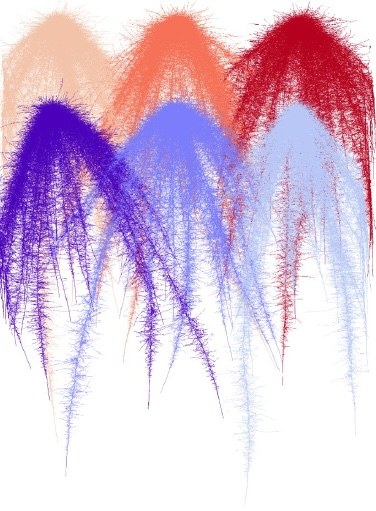
Synergies among root traits for phosphorus acquisition in pearl millet
Authors
Ndoye MS, Lucas M, Ajmera IB, Sine B, Faye A, Burridge J, Gantet P, Kane NA, Lynch JP, Diédhiou AG, Grondin A, Laplaze L
Source
Crop Design Volume 3, Issue 3, August 2024, 100059
Download Options
https://doi.org/10.1016/j.cropd.2024.100059
Abstract
Pearl millet is a key food security grain crop in the world's drylands due to its tolerance to abiotic stresses. However, its yield remains low and is negatively impacted by climate change. Root phenes are potential targets to improve crop productivity and resilience to environmental stress. However, the sheer number of combinations resulting from interactions of multiple phenes is a challenge for empirical research. In silico approaches are a plausible alternative to assess the utility of different phene combinations in varying states over diverse environmental contexts. Here, we developed an implementation of the functional-structural plant/soil model – OpenSimRoot, for pearl millet in typical sub-Sahelian soil and environmental conditions. Root architectural, anatomical, and physiological parameters were measured using a popular pearl millet variety (Souna 3) and implemented in the model. The above-ground biomass and root length density predicted by the model were similar to data from field trials. The utility of different root phenes was then evaluated for improved phosphorus uptake and plant growth in P deficient soils. Doubled root hair length and density, shallower root angle (-15°) and doubled long lateral root density were found to improve plant growth by 76%, 33% and 33% respectively under low P conditions. Moreover, these phenes showed synergism when combined in silico and led to optimal biomass production in low P supply conditions that resulted in a 75% loss of biomass in the reference variety. Our study suggests that these phenotypes could be targeted to improve biomass production in pearl millet and consequently its yield in low-P availability conditions.

